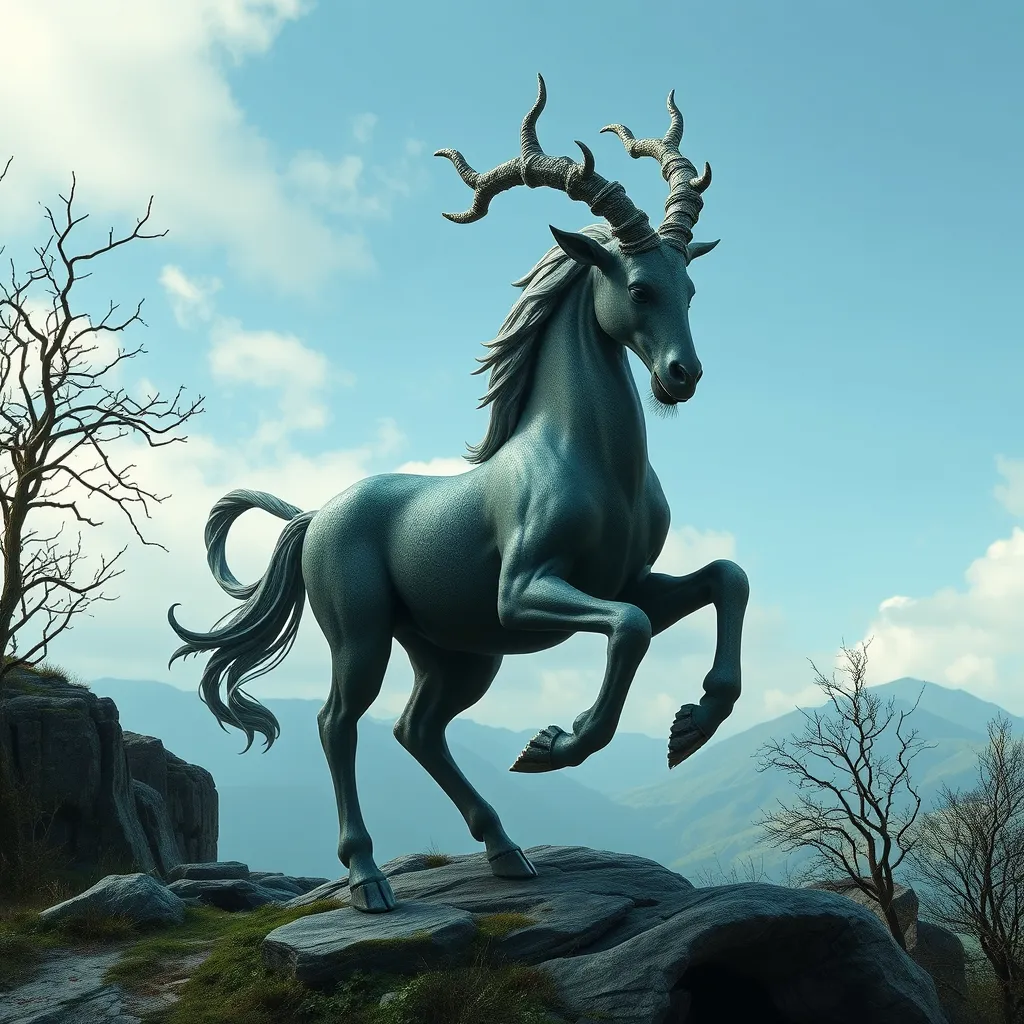The Oni’s Voice: Exploring the Oral Tradition and Storytelling Associated with Oni Legends
I. Introduction
The Oni, a prominent figure in Japanese folklore, represents a complex blend of good and evil, fear and protection. Often depicted as ogre-like demons, these creatures have fascinated generations with their vivid tales and moral lessons. The significance of Oni in Japanese culture is profound, serving as both cautionary figures and symbols of strength. With their rich narratives, Oni legends are deeply intertwined with the oral traditions that have shaped Japanese storytelling.
Oral tradition is a cornerstone of Japanese culture, encompassing a wealth of stories passed down through generations. This tradition not only preserves cultural identity but also reflects the values and beliefs of the community. The purpose of this article is to delve into the storytelling aspects of Oni legends, exploring their origins, key themes, and the role of storytellers in keeping these narratives alive.
II. The Origins of Oni Legends
The origins of Oni legends can be traced back to ancient Japan, where they were initially viewed as malevolent spirits or forces of nature. Early texts such as the “Nihon Shoki” (Chronicles of Japan) and “Konjaku Monogatari” (Tales of Times Now Past) mention Oni in various contexts, indicating their long-standing presence in Japanese mythology.
Over time, the portrayal of Oni evolved. From fearsome villains to more complex characters, they began to embody both destructive and protective qualities. This evolution reflects societal changes and the need for narratives that resonate with contemporary values.
The oral tradition has played a crucial role in preserving these legends. Storytellers, often traveling from village to village, recited tales that kept the essence of Oni alive, adapting them to the audience’s context while maintaining their core messages.
III. Key Themes in Oni Storytelling
Oni legends are rich with themes that resonate across generations. Some of the key themes include:
- Good vs. Evil: The dual nature of Oni often reflects the struggle between good and evil, illustrating that even the most fearsome creatures can possess redeeming qualities.
- Morality Lessons: Many Oni tales are imbued with moral lessons, teaching values such as bravery, honesty, and the importance of community.
- The Supernatural: Fear and the supernatural play significant roles in these narratives, captivating audiences and invoking a sense of wonder and dread.
IV. Prominent Oni Legends and Their Variants
Several major Oni stories stand out in the tapestry of Japanese folklore:
- Momotaro: The tale of a boy born from a peach who defeats the Oni, symbolizing bravery and the triumph of good over evil.
- Shita-kiri Suzume: A story about a sparrow and an Oni, which highlights themes of kindness and retribution.
These tales often have variants across different regions of Japan, influenced by local culture and beliefs. For instance, the portrayal of Oni can vary from terrifying monsters in some regions to protective deities in others, showcasing the diverse interpretations of these characters.
V. The Role of Storytellers in Oni Narratives
Storytellers have been pivotal in the transmission of Oni legends. Traditional storytellers, known as “rakugoka,” utilize various techniques to engage audiences, including:
- Expressive Language: Using vivid imagery and emotional language to bring stories to life.
- Physical Performance: Incorporating gestures and expressions to enhance storytelling.
- Audience Interaction: Engaging listeners through questions and responses to create a participatory experience.
Women have also played a significant role in storytelling, often serving as the primary narrators in family settings. Their unique perspectives contribute to the richness and diversity of the narratives.
VI. The Influence of Oni Legends on Modern Media
Oni legends have transcended oral traditions, finding their way into contemporary literature, film, and anime. Notable adaptations include:
- Literature: Modern authors reimagine Oni tales, exploring themes relevant to today’s society.
- Film and Anime: Oni characters frequently appear in popular media, often reinterpreted to appeal to younger audiences.
The resurgence of interest in traditional storytelling methods highlights the continued relevance of these tales. However, contemporary interpretations sometimes distort the original narratives, prompting discussions about authenticity and cultural representation.
VII. Preserving Oral Traditions in the Age of Technology
As technology advances, oral storytelling faces challenges. The rapid pace of modern life often sidelines traditional narratives, risking their erosion. However, efforts are underway to document and revitalize Oni legends:
- Digital Archives: Initiatives to record and preserve oral stories for future generations.
- Community Workshops: Engaging local communities in storytelling practices to keep traditions alive.
- Social Media: Utilizing platforms to share and promote Oni stories, reaching wider audiences.
VIII. Conclusion
In summary, the exploration of Oni legends reveals a rich tapestry of storytelling that has shaped Japanese culture for centuries. From their origins as malevolent spirits to their roles as complex characters embodying morality and fear, Oni tales continue to resonate. The legacy of these legends is preserved through the dedicated efforts of storytellers and the evolving landscape of modern media.
As we navigate the digital age, it is crucial to appreciate and continue oral storytelling traditions. By valuing these narratives, we honor the past and ensure that the voice of the Oni remains vibrant for future generations to hear.



